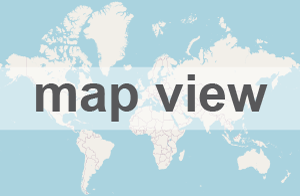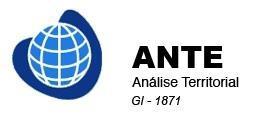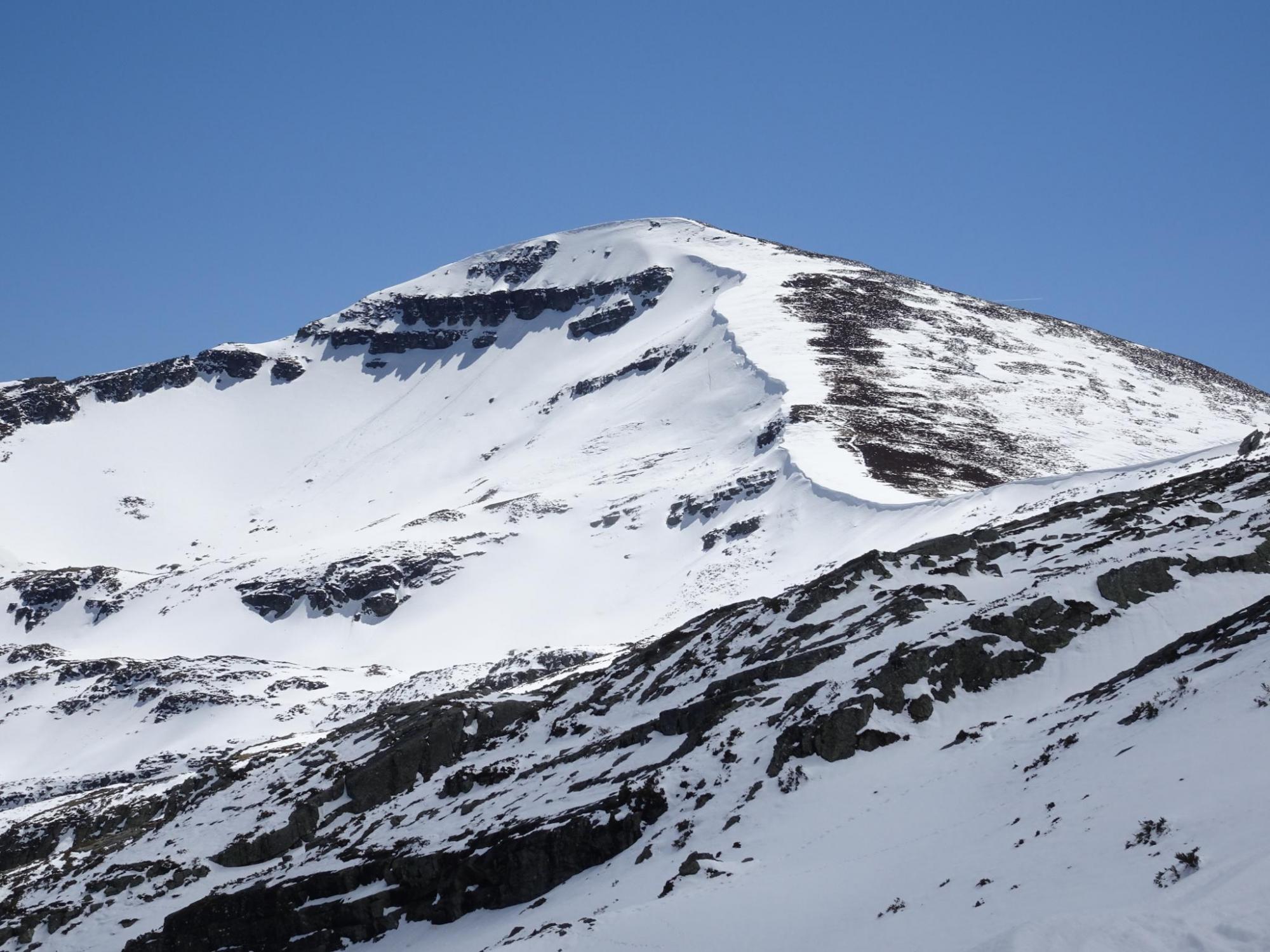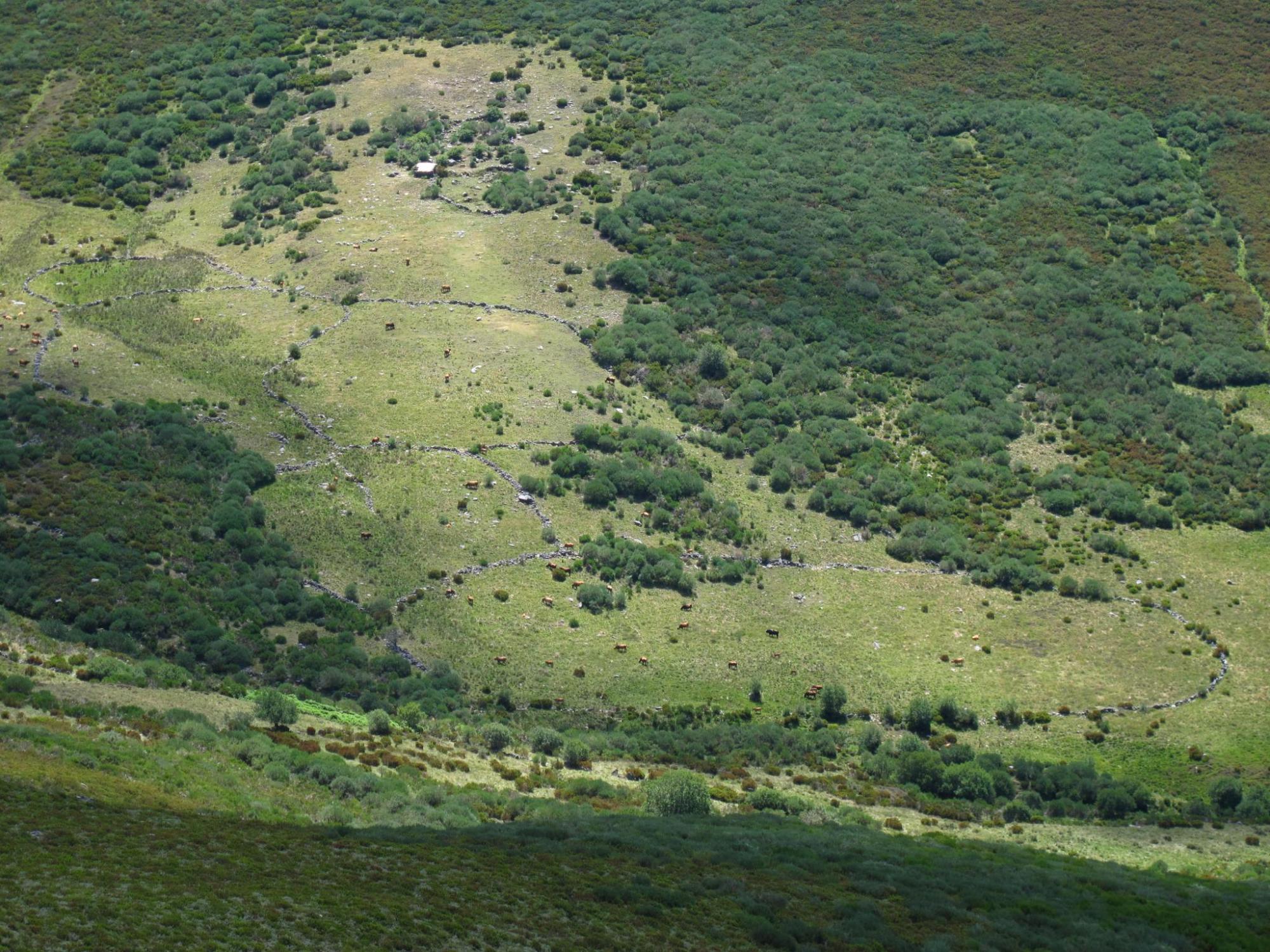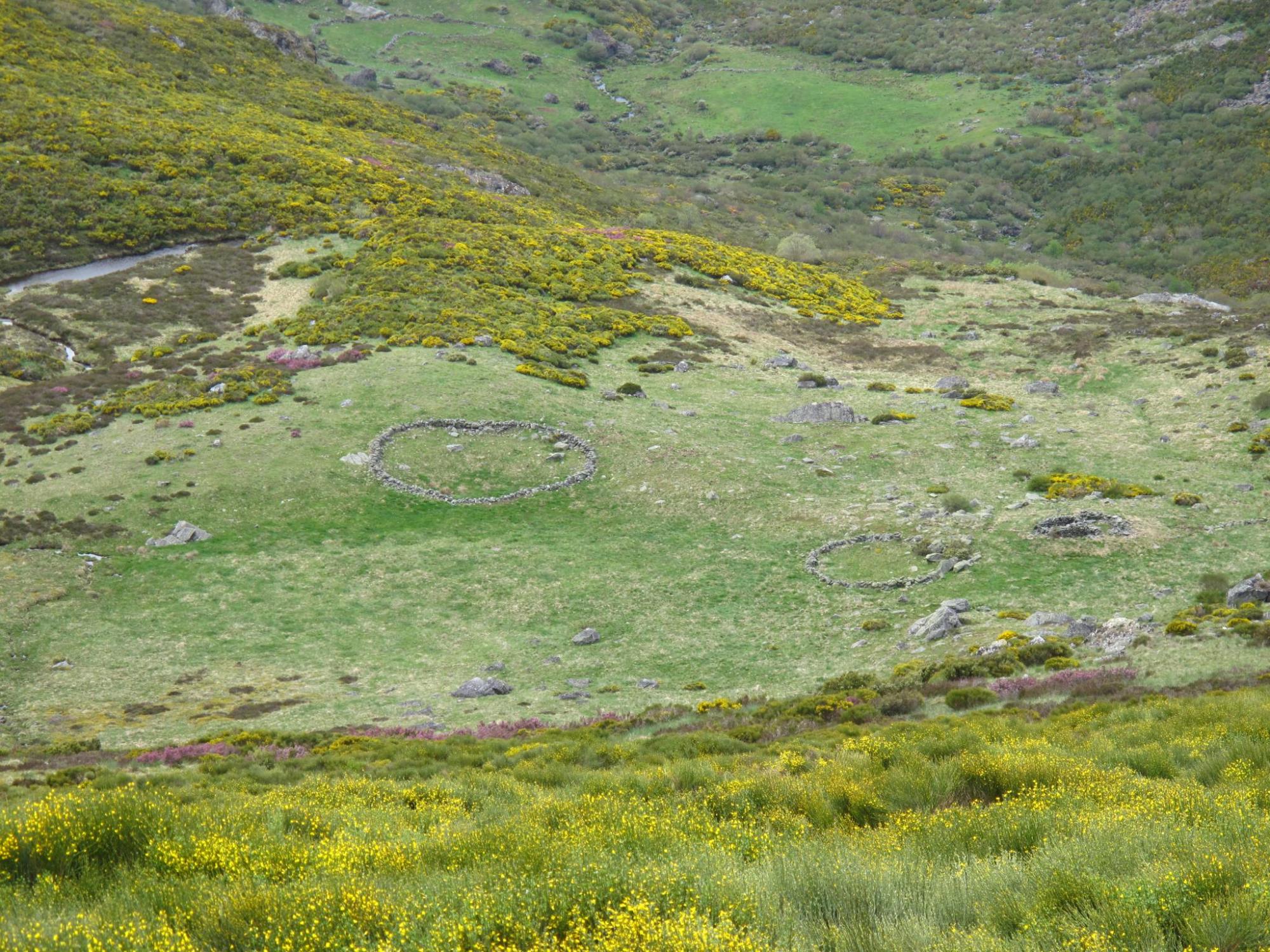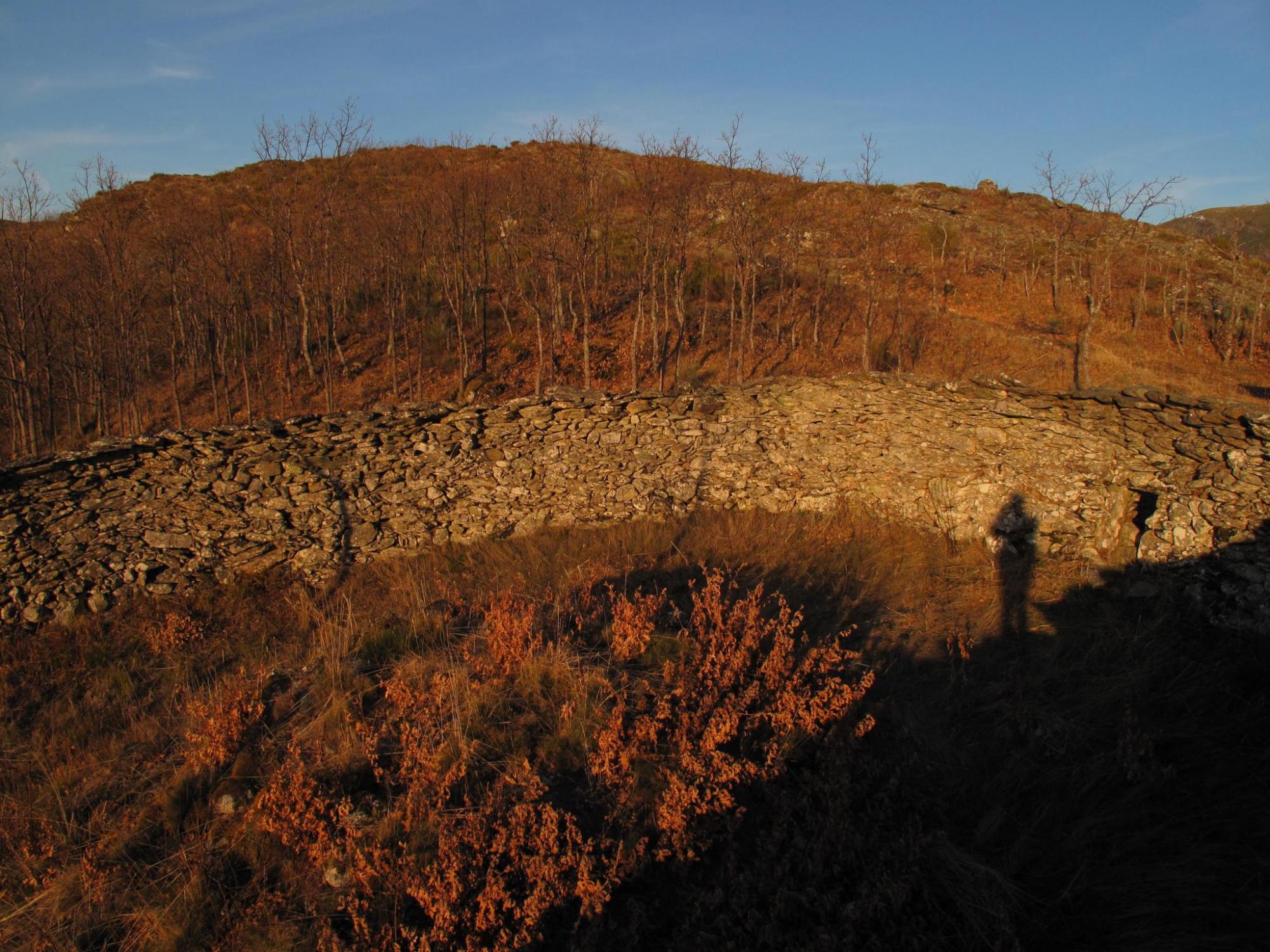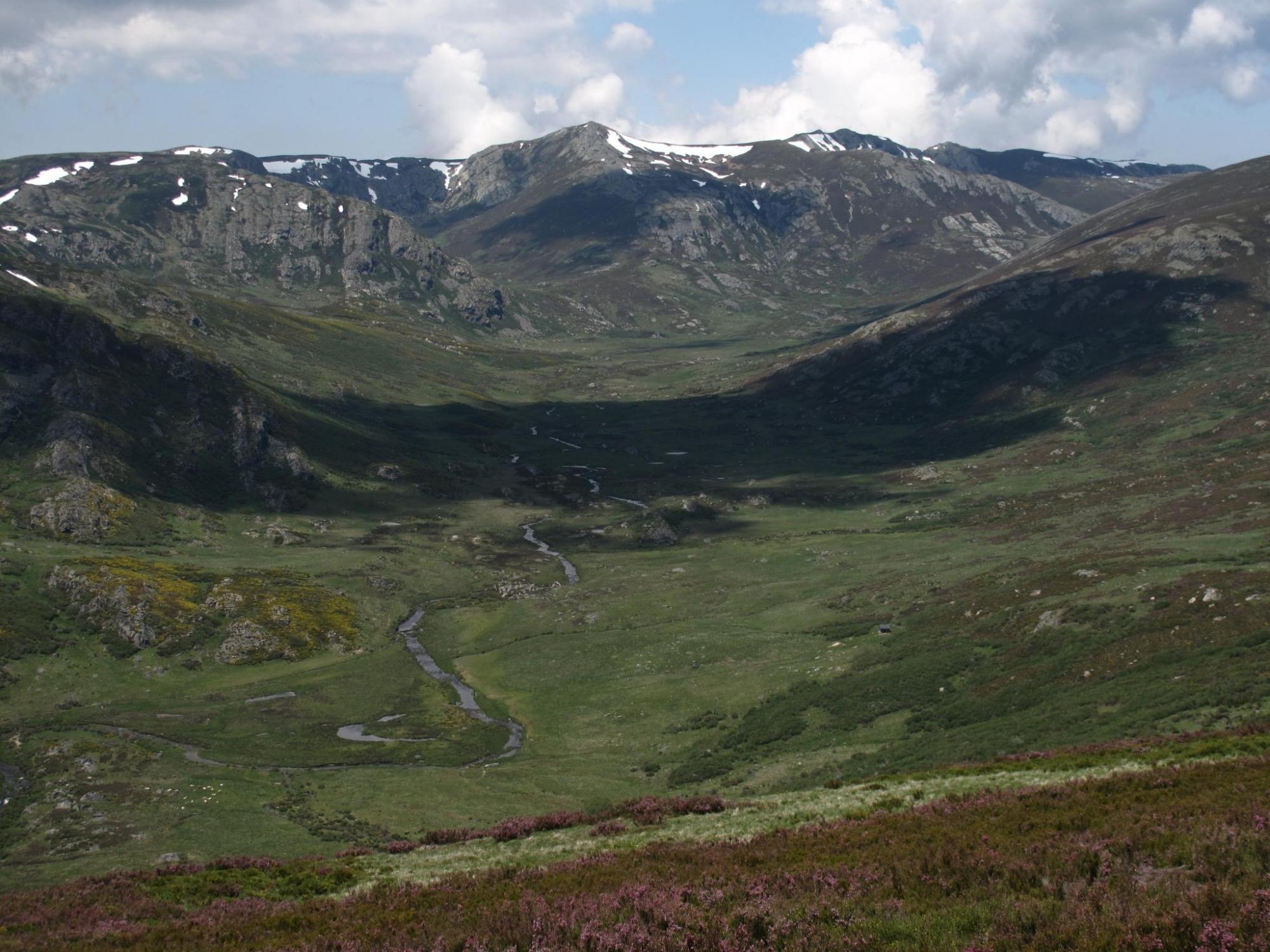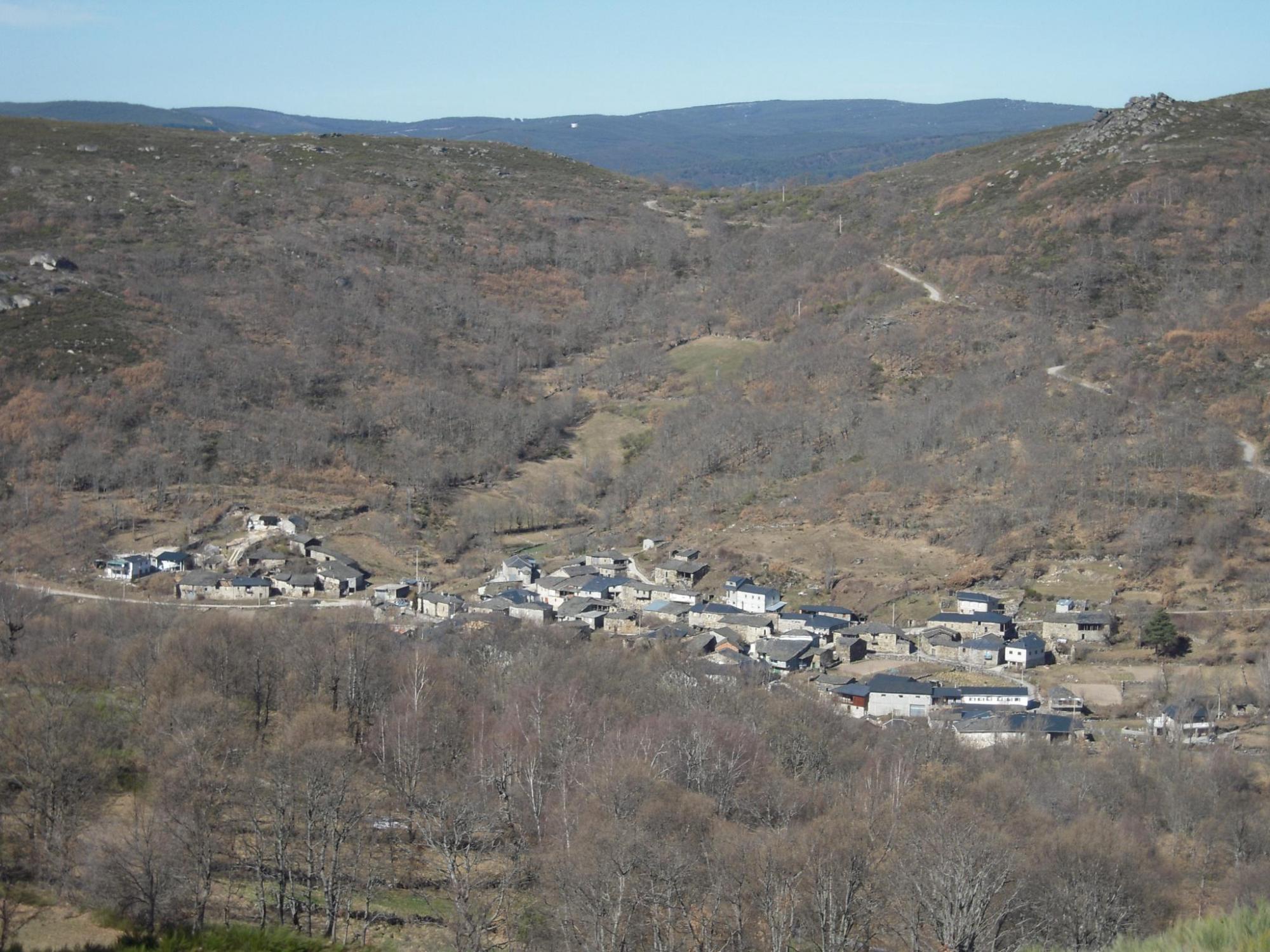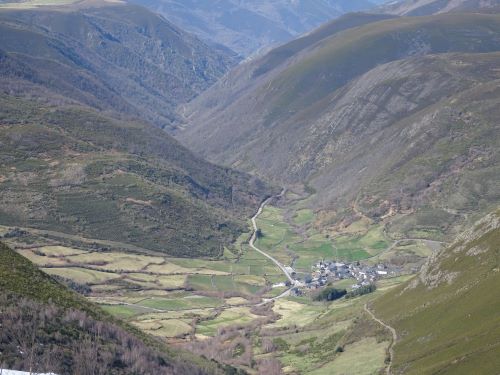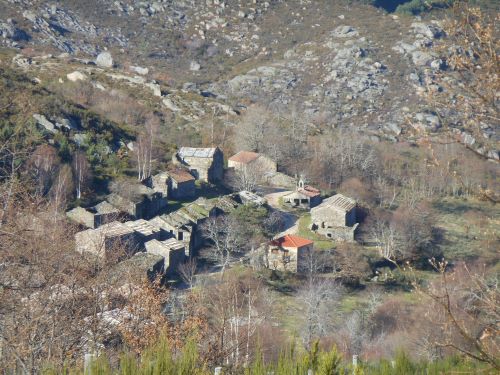Universidade de Santiago de Compostela
Institute for Galician Studies and Development - ANTE Research Group
Spain

Description: The University of Santiago de Compostela (USC), founded in 1495, is currently a public institution for higher education and research, which is made up by the campuses of Santiago de Compostela and Lugo. The USC is dedicated to the preservation, generation, transmission and dissemination of knowledge in a socially responsible manner and in connection with the demands and challenges of Galician society. The USC has a wide academic offer and a powerful research capacity, and has been valued for its excellence as one of the best universities in Spain and in Europe.
The Territorial Analysis (ANTE) Research Group investigates socio-spatial dynamics, including planning, tourism, local development, protected areas, urban and metropolitan areas and mobility. The main focus is Galicia but has intensively worked at the international level, not only in Europe, particularly in Portugal, but also in Africa (Cabo Verde, Mali, Senegal, etc.) and America (Brazil, Colombia, Ecuador, etc.). It is recognised by the Galician Government as a competitive research group and funded through competitive applications (at the EU, Spanish and Galician level) and consultancy for both public authorities (including several local and regional governments) and companies and private associations.
Nowadays, it consists of more than 20 researchers, mainly from the fields of geography, economics and history at the USC, but also includes several PhD students and researchers from other institutions and disciplines. Some ANTE researchers are steering members of several scientific societies, including the International Geographical Union (IGU), two IGU commissions, the Association of Spanish Geography (AGE), two AGE working groups and the Institute for Catalan Studies (IEC). Also several ANTE researchers are part of the Galician Delegation of the Board of Geographers.
ANTE premises are located in the prestigious Institute for Galician Studies and Development (IDEGA), at the Southern Campus of the USC: https://www.usc.es/gl/institutos/idega.
Regional focus:
- Mountains of the North-Western Iberian Peninsula (Galicia, Northern Portugal, Asturias and Leon), mainly the Trevinca Massif, Gerês/Xurés, the Ancares range, the Courel range and Queixa-San Mamede.
- Mountains of Spain, including the Pyrenees.
- Also experience in other mountain ranges of the world, such as the Alps, the Andes and the Apennines.
Official contact:
- Valerià Paül Carril
E-mail:This email address is being protected from spambots. You need JavaScript enabled to view it. - Paula Solla Sineiro
E-mail:This email address is being protected from spambots. You need JavaScript enabled to view it. - European Projects - USC
E-mail:This email address is being protected from spambots. You need JavaScript enabled to view it.
Staff members involved:
Working Packages: WP2-Methods & Capacity Building; WP4-Building a multi-stakeholder ISDH decision-support Platform (DSP)
Category: Academic
Links:
- Website: www.usc.gal, www.usc.gal/ante
- Facebook: https://de-de.facebook.com/UniversidadeUSC/
- Instagram: https://www.instagram.com/usc.internacional/
- Twitter: https://twitter.com/UniversidadeUSC, https://twitter.com/grupoANTE
Cuíña peak (1992 m), the highest summit of the Ancares range. Photo: Valerià Paül (27/4/2019)
Stone walls for fencing the livestock in the middle of the Serra Calva range (Trevinca Massif). Photo: Valerià Paül (24/9/2017)
Stone walls for fencing the livestock near the source of the Bibei river (Serra Segundeira range, Trevinca Massif). Photo: Valerià Paül (27/6/2017)
Old stone wolf trap in Barxacova (Trevinca Massif): rounded with walls of more than 2 m, a sheep or a goat was located in the middle and there was only a door that was closed when the wolf had entered into. Photo: Valerià Paül (6/3/2017)
The glacial, U-shaped, valley of the upper stretch of the Tera river, with Trevinca peak (2127 m) in the background. Photo: Valerià Paül (4/6/2016)
Ponte, a hamlet located in the glacial, U-shaped, valley of the upper stretch of the Xares river (Trevinca Massif). Photo: Valerià Paül (23/2/2009)
Valouta, a hamlet located in a glacial, U-shaped, valley of the Ancares range. Photo: Valerià Paül (9/3/2019)
Salgueiro, an abandoned hamlet in the Gerês/Xurés mountains restored with public funds. Photo: Valerià Paül (2/1/2013)
